Top 10 Cost Management Accounting Firms in the USA

Effective cost management is paramount to sustaining financial health and driving growth in today’s competitive business landscape. Identifying the right firm is crucial, so we’ve compiled a list of the USA’s top 10 cost management accounting firms. These firms stand out for their innovative strategies, exceptional expertise, and commitment to delivering tailored financial solutions. From […]
Costs or Disbursements Passed to Customers Under VAT Rules
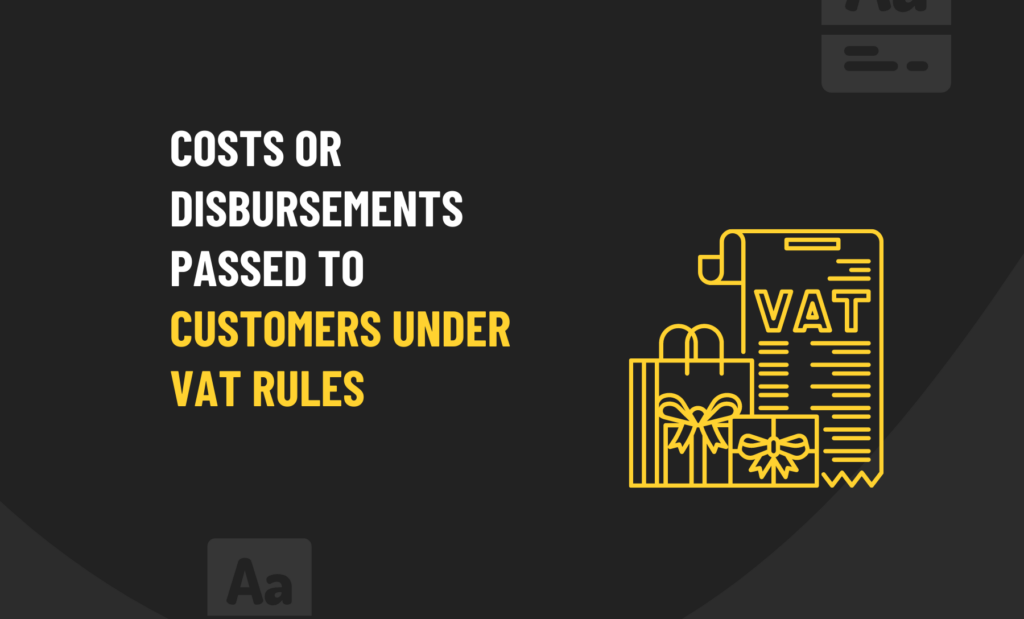
Costs or Disbursements Passed to Customers Under VAT Rules To provide your services to your customers, your business will incur costs. As you incur these costs, they will eventually be charged back to customers. These payments could be considered ‘disbursements’ for VAT. You do not charge VAT on them when you invoice your customers, nor […]
Claiming My Wife’s Unused Tax Allowance – UK
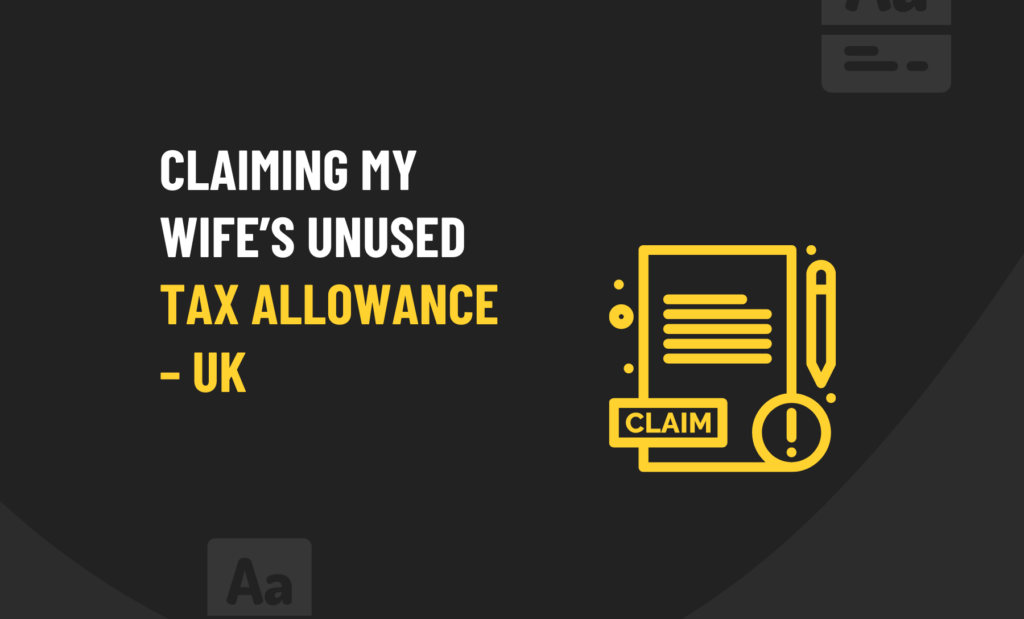
In the UK, a spouse or civil partner can claim the unused tax allowance of their partner. If you are married, you can do this on your tax return. The marriage allowance has been in effect since April 6th, 2015. Some couples need to know about the marriage allowance. With this new tax development, you […]
Tax-Free Allowances in the UK: What am I Entitled to?
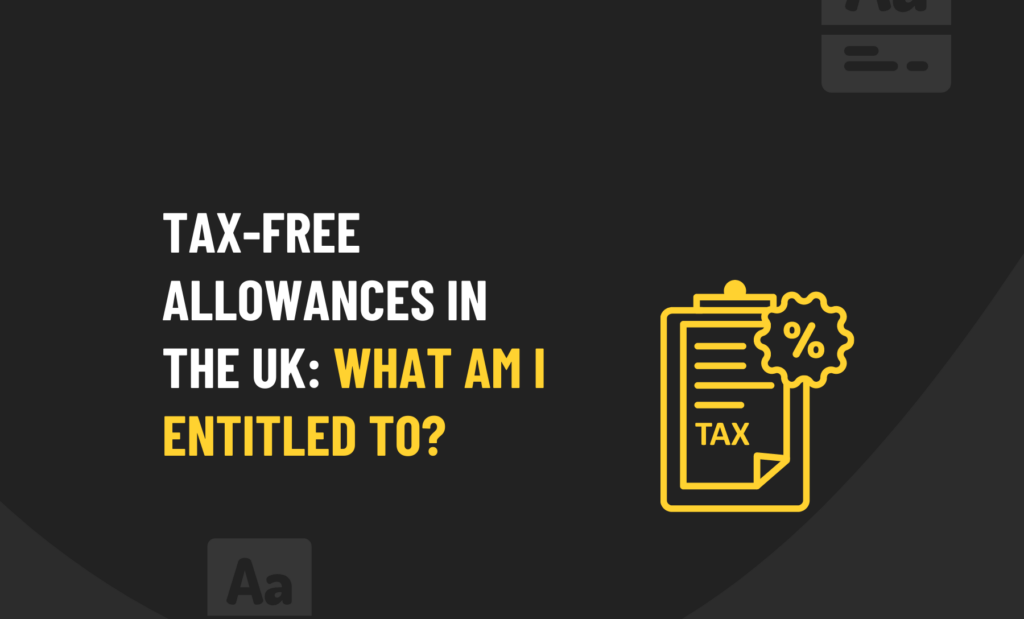
Tax allowances are the amount of taxes you are allotted to deduct in the form of standard deductions, itemized deductions, and personal exemptions before calculating your total taxable income. Many factors may alter these allowances, and what is applicable to you depends on your situation. You may be entitled to some tax relief allowances that […]
How to Stop Emergency Tax
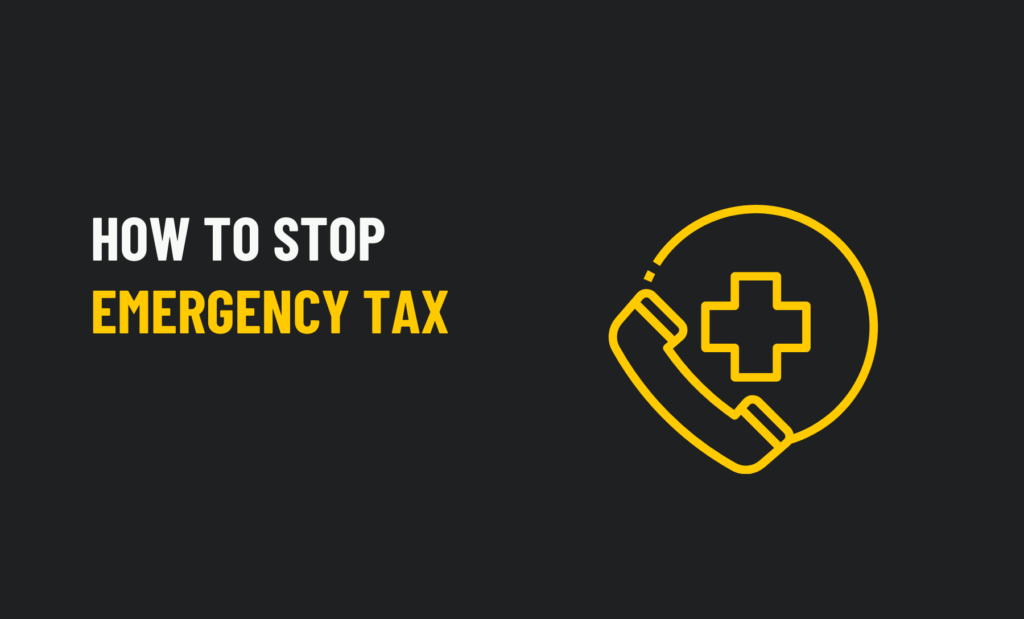
Introduction Are you thinking of How to Stop Emergency Tax? Are you tired of paying for it? Through the article, we have described a few simple steps to do it. but did you know… In times of disaster, the emergency tax system is in force. It’s meant to help taxpayers stricken by natural catastrophes, war, […]
Why Am I Paying Emergency Tax
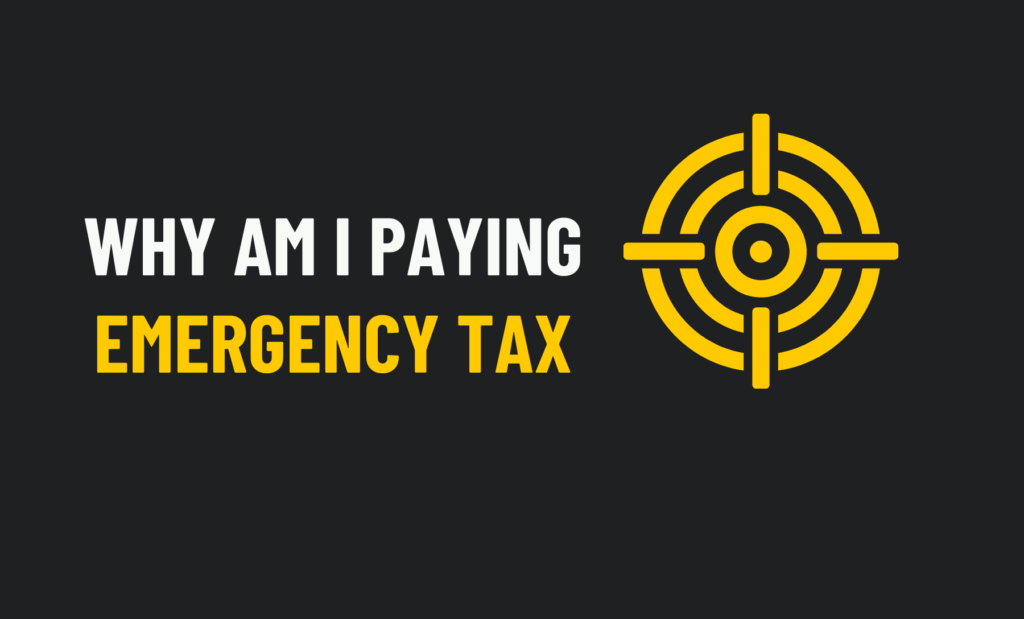
Introduction When HMRC does not have accurate or adequate information about you, your income, or your tax data, emergency tax is triggered. Because they lack the information they need, the right tax code for you will be unavailable, and you will be assigned an emergency tax code. When you leave a job, you should be […]
Council Tax – Who Pays, Tenant Or Landlord?
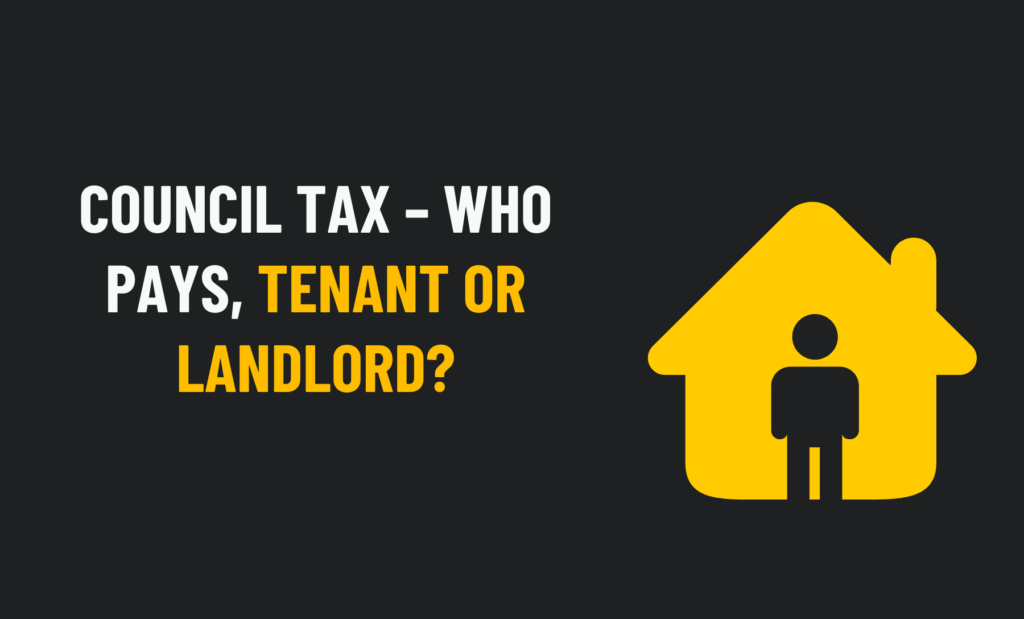
Every year, thousands of households in England, Scotland, and Wales will pay council tax. This is a form of taxation, collected by local councils to help pay for services, such as bin collections, maintenance of public spaces, and other public services. However, how much you pay varies according to where you live, and your income. […]
SEISS Extended: The Last Round and What You Need to Know Now
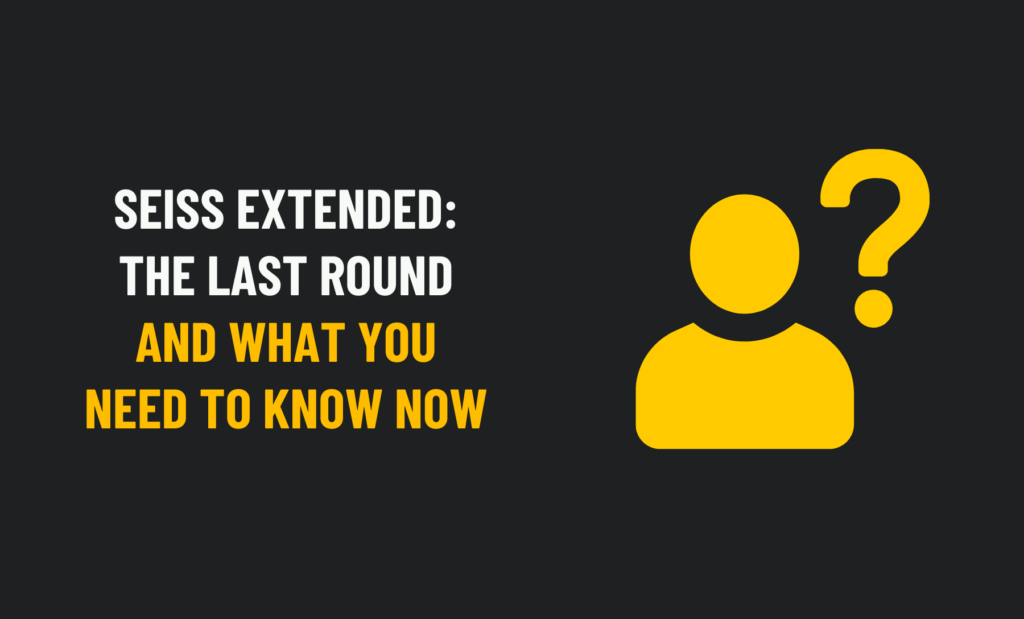
Despite the final stage of England’s lockdown lifting measures being pushed back four weeks to July 19, 2021, the self-employed income support scheme (SEISS) is not expected to be extended. All social constraints in England were supposed to be lifted on June 21st, according to the government’s lockdown roadmap. However, due to the recent increase […]
2021 Buy to Let Tax Rule Changes Landlords Need to Know
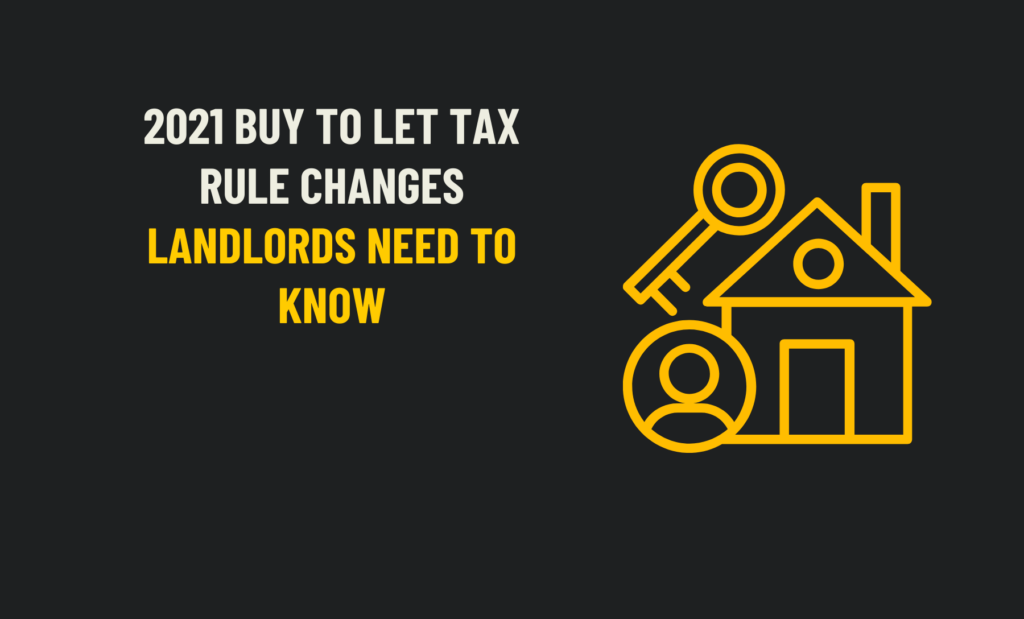
2021 Buy to Let Tax Rule Changes Landlords Need to Know Do you own – or are you considering investing in – a buy to let property? In 2021, there are several new buy-to-let tax changes that landlords should be aware of. Some of them are minor, while others may have you rethinking your plans, […]
10 Reasons Your Contract May Fail the IR35 Test
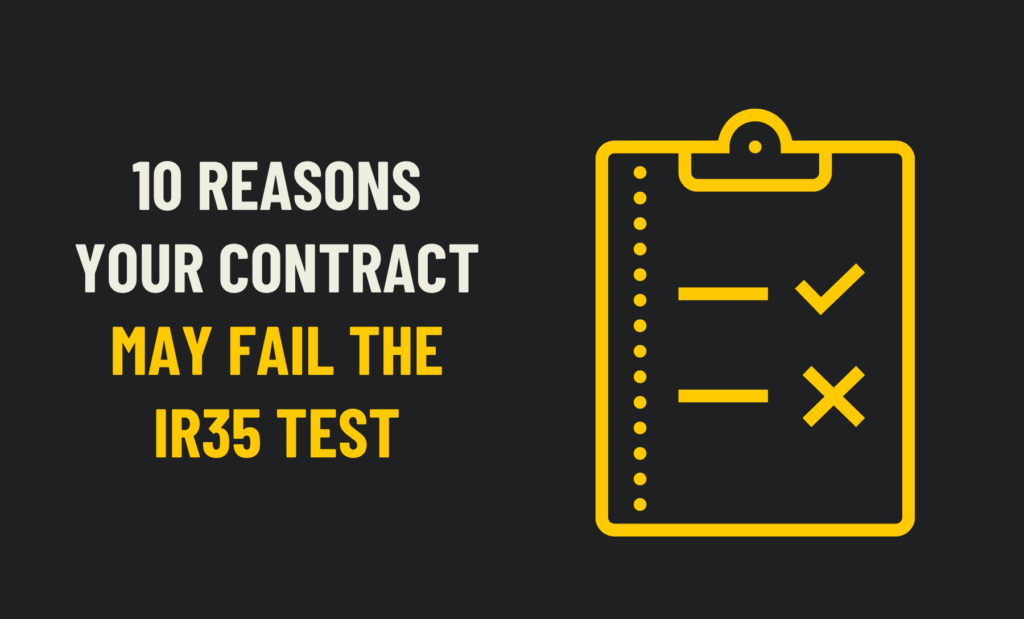
10 Common Reasons Your Contract Might Not Pass the IR35 Test Are you a contractor, or representative of a personal service company trying to keep your contracts outside IR35 and pass the tough IR35 test? If so, this blog post is for you. If, as an entity we just described, you sign a contract that […]


